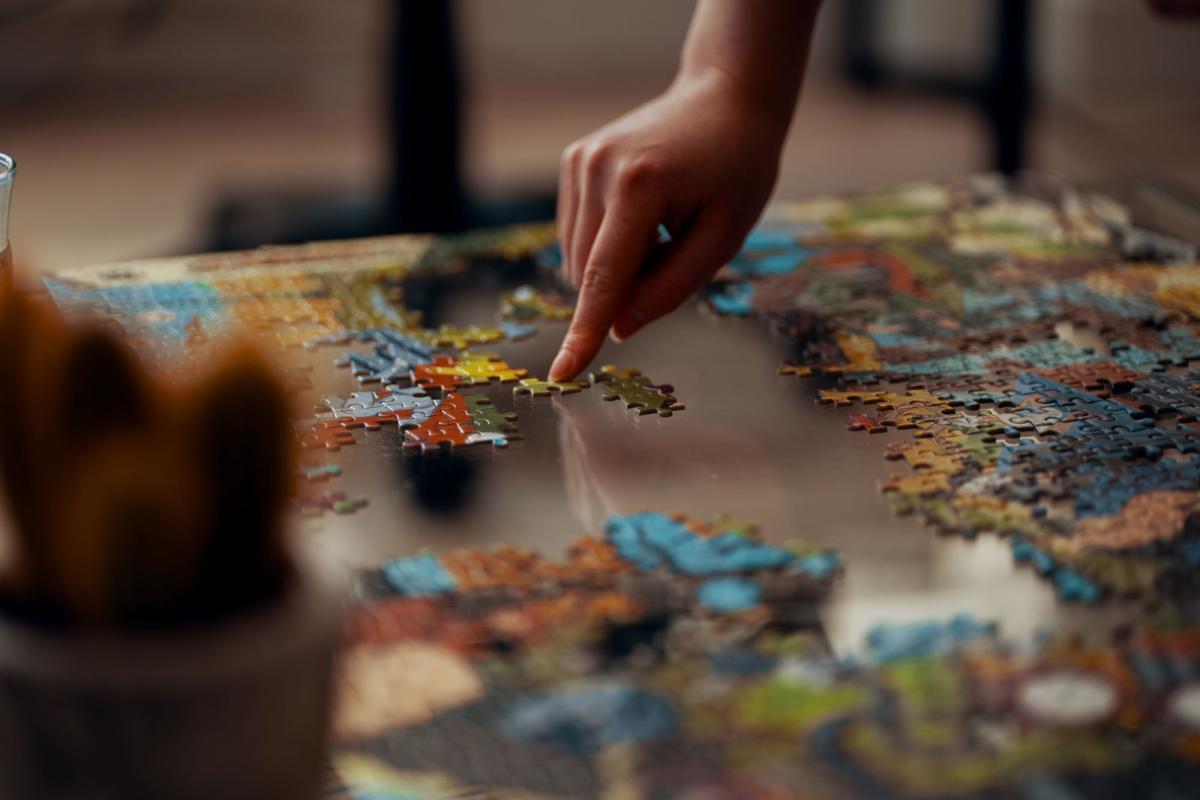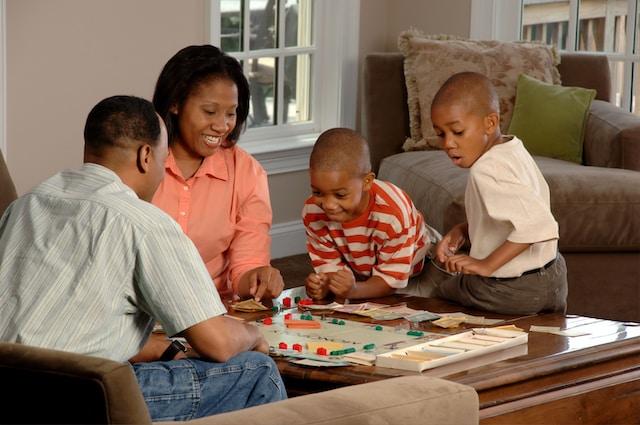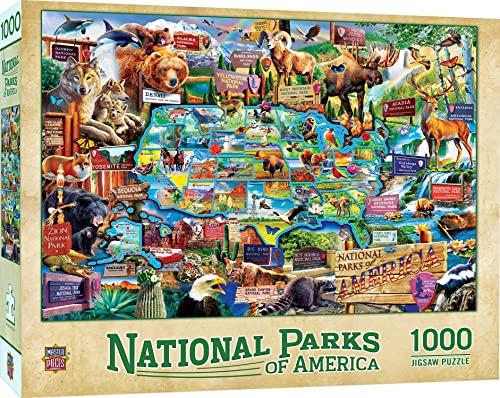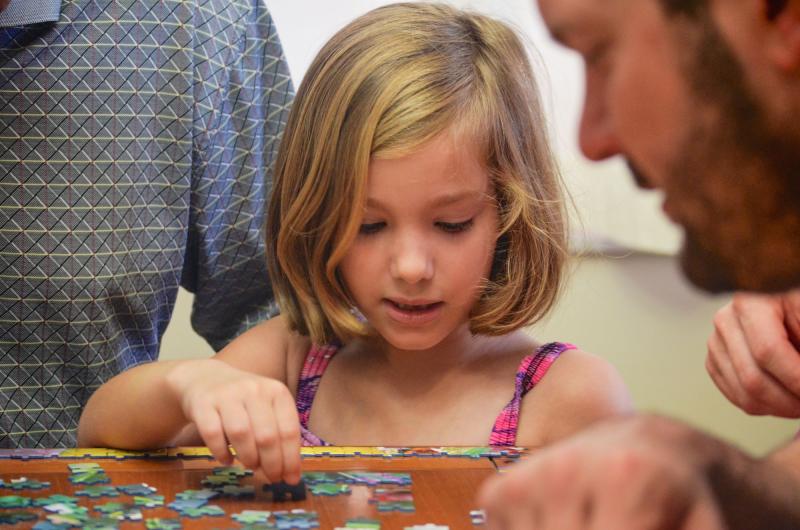Maximizing Efficiency: Effective Strategies for Sorting and Organizing Jigsaw Puzzle Pieces
Completing a jigsaw puzzle can be a challenging yet fulfilling experience. However, the process of sorting and organizing puzzle pieces can sometimes feel overwhelming, leading to frustration and loss of momentum. To help you streamline this crucial step, we present some effective strategies for maximizing efficiency in sorting and organizing your jigsaw puzzle pieces.
1. Start with the Edges
When you first open the box, it's always a good idea to begin by sorting out the edge pieces. These pieces have straight edges and will serve as the foundation for your puzzle. Separate them from the rest to establish the framework.
2. Group by Color or Pattern
Once the edge pieces are sorted, start organizing the remaining pieces by color or pattern. Create separate piles for pieces that share the same color scheme or design. This will make it easier to locate and assemble pieces as you progress through the puzzle.
3. Focus on Small Details
If the puzzle contains intricate details or areas with a specific pattern, it's beneficial to group those pieces separately. By focusing on these smaller sections, you can gradually build up different parts of the puzzle more efficiently.
4. Sort by Shape
In addition to color and pattern, sorting pieces by their shape can also be advantageous. Pieces with similar shapes are more likely to fit together, so having a separate pile dedicated to a particular shape can speed up the assembly process.
5. Utilize Trays or Containers
Using trays or containers is an excellent way to keep your sorted pieces organized and easily accessible. You can assign a different tray or container for each category, enabling you to maintain a clear overview of your progress and preventing pieces from getting mixed up.
6. Create Sub-Assemblies
If your puzzle has several distinct sections or smaller pictures within the overall image, consider creating sub-assemblies. Assemble these smaller sections first, essentially creating smaller puzzles within the larger one. Once completed, you can connect these sub-assemblies to the main puzzle, making the process more manageable.
7. Take Breaks and Revisit
Jigsaw puzzles require patience and concentration. It's essential to take breaks when needed and revisit the puzzle with fresh eyes. Sometimes, a different perspective can help you identify connections that were previously overlooked.
In conclusion, sorting and organizing your jigsaw puzzle pieces efficiently is key to an enjoyable puzzling experience. By starting with the edges, grouping pieces by color or pattern, focusing on small details, sorting by shape, utilizing trays or containers, creating sub-assemblies, and taking breaks, you can streamline and enhance the puzzle-solving process. So, get ready to embark on a rewarding puzzle journey armed with these effective strategies!



